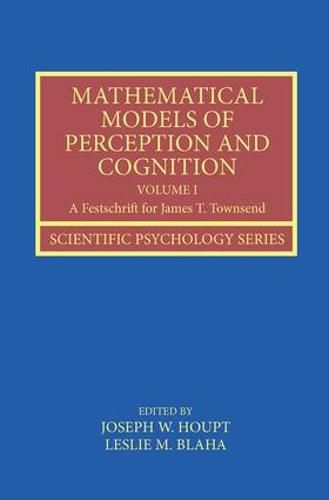Readings Newsletter
Become a Readings Member to make your shopping experience even easier.
Sign in or sign up for free!
You’re not far away from qualifying for FREE standard shipping within Australia
You’ve qualified for FREE standard shipping within Australia
The cart is loading…






In this two volume festschrift, contributors explore the theoretical developments (Volume I) and applications (Volume II) in traditional cognitive psychology domains, and model other areas of human performance that benefit from rigorous mathematical approaches. It brings together former classmates, students and colleagues of Dr. James T. Townsend, a pioneering researcher in the field since the early 1960s, to provide a current overview of mathematical modeling in psychology. Townsend’s research critically emphasized a need for rigor in the practice of cognitive modeling, and for providing mathematical definition and structure to ill-defined psychological topics. The research captured demonstrates how the interplay of theory and application, bridged by rigorous mathematics, can move cognitive modeling forward.
$9.00 standard shipping within Australia
FREE standard shipping within Australia for orders over $100.00
Express & International shipping calculated at checkout
In this two volume festschrift, contributors explore the theoretical developments (Volume I) and applications (Volume II) in traditional cognitive psychology domains, and model other areas of human performance that benefit from rigorous mathematical approaches. It brings together former classmates, students and colleagues of Dr. James T. Townsend, a pioneering researcher in the field since the early 1960s, to provide a current overview of mathematical modeling in psychology. Townsend’s research critically emphasized a need for rigor in the practice of cognitive modeling, and for providing mathematical definition and structure to ill-defined psychological topics. The research captured demonstrates how the interplay of theory and application, bridged by rigorous mathematics, can move cognitive modeling forward.